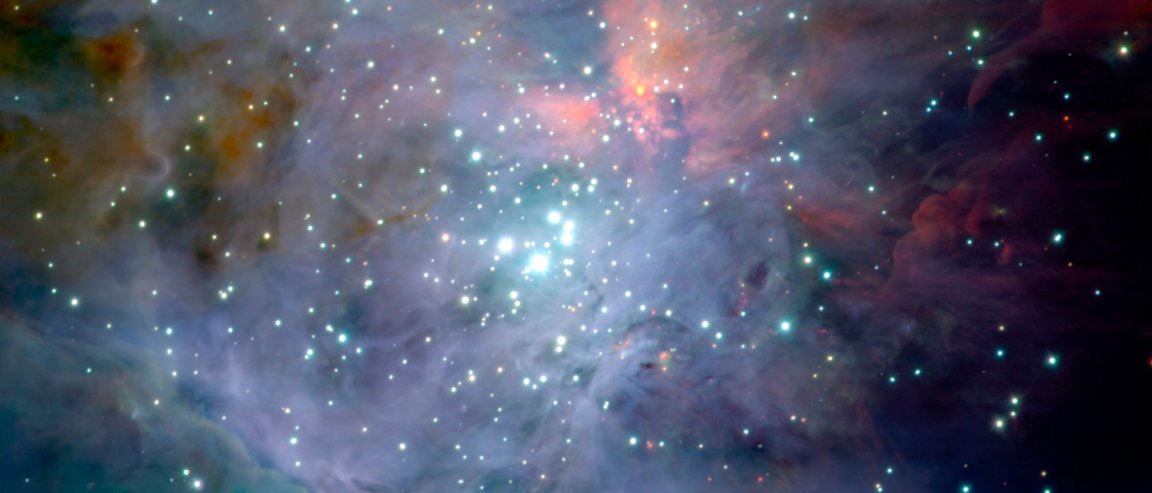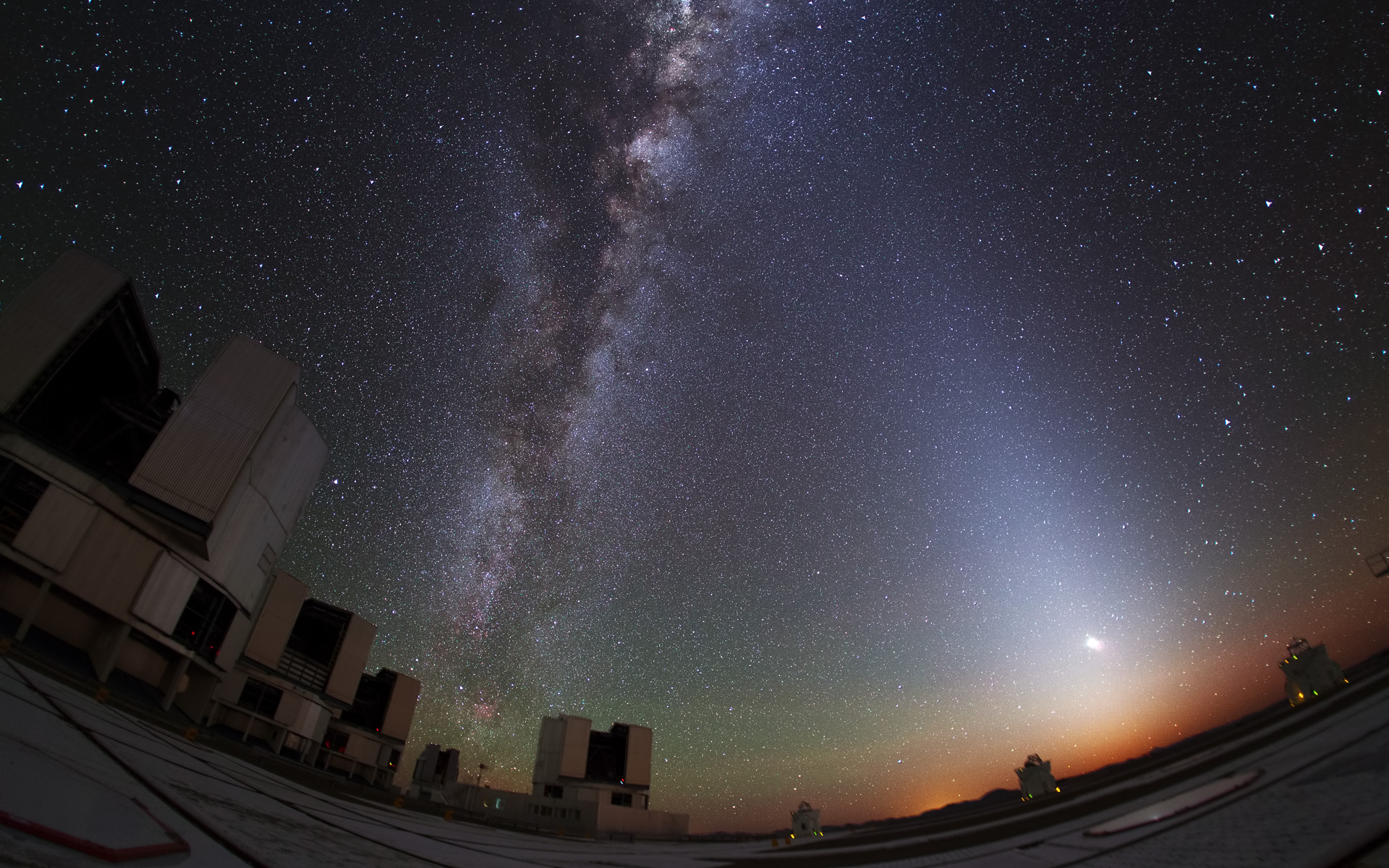
A Dusty Planet
Every year, as the Earth moves around the sun, it sweeps cosmic dust along its way. These dust particles are remnants left by passing comets and asteroids orbiting the sun. An estimated 5 to 300 metric tons (5.5 – 330 US tons) enter the Earth’s atmosphere each day.
Looking to further understand cosmic dust, atmospheric chemistry professor John Plane and a team of researchers from the University of Leeds in Great Britain developed a new experimental Meteoric Ablation Simulator (MASI).
“Only relatively recent advances in computing hardware and software have allowed us to address the precise timing and substantial computational requirements needed for MASI,” according to David Bones, one of the researcher’s in the team.
Current calculations of the evaporation of cosmic dust particles in the Earth’s atmosphere are largely theoretical, using evidence from field radar and optical observations. The model calculations developed in Leeds, however, were capable of simulating the evaporation of each elemental constituents of cosmic dust, such as silicon, iron, magnesium, sodium, calcium.
The researchers designed the MASI to confirm these calculations, using particles with similar composition to those in cosmic dust.
More than Just Dust
“During a particle entry simulation that lasts about 12 seconds, we want to take 6,000 measurements while we are rapidly changing the temperature of the filament to flash-heat the particle with real-time feedback,” said Bones.
What they found was that their measurements for sodium and iron atmospheric evaporation or ablation confirmed the model, while the calcium ablation measurements did not. This could mean that ablation models need to account for other factors that happen when cosmic dust particles enter the Earth’s atmosphere.
Now, don’t imagine cosmic dust to be just useless floating particles forming dense clouds in space. Aside from giving us ideas about the atmosphere of other planets and their formation, cosmic dust particles affect radio communications, the climate, and even serve as phytoplankton fertilizers in the ocean.

With tools like the MASI improving our knowledge of metallic ablation in cosmic dust, our understanding of the Earth’s upper atmosphere and the metal layers found there. The applications of this information include understanding the formation of planets and even more practical industrial use, such as particle heating in jet turbines.
“By better understanding the melting and ablation processes we can design ash-resistant jet engines that could fly without disruption through an ash cloud similar to that created when the volcano Eyjafjallajökull erupted in 2010,” Bones believes.
The Leeds study is published this week in the journal Review of Scientific Instruments.